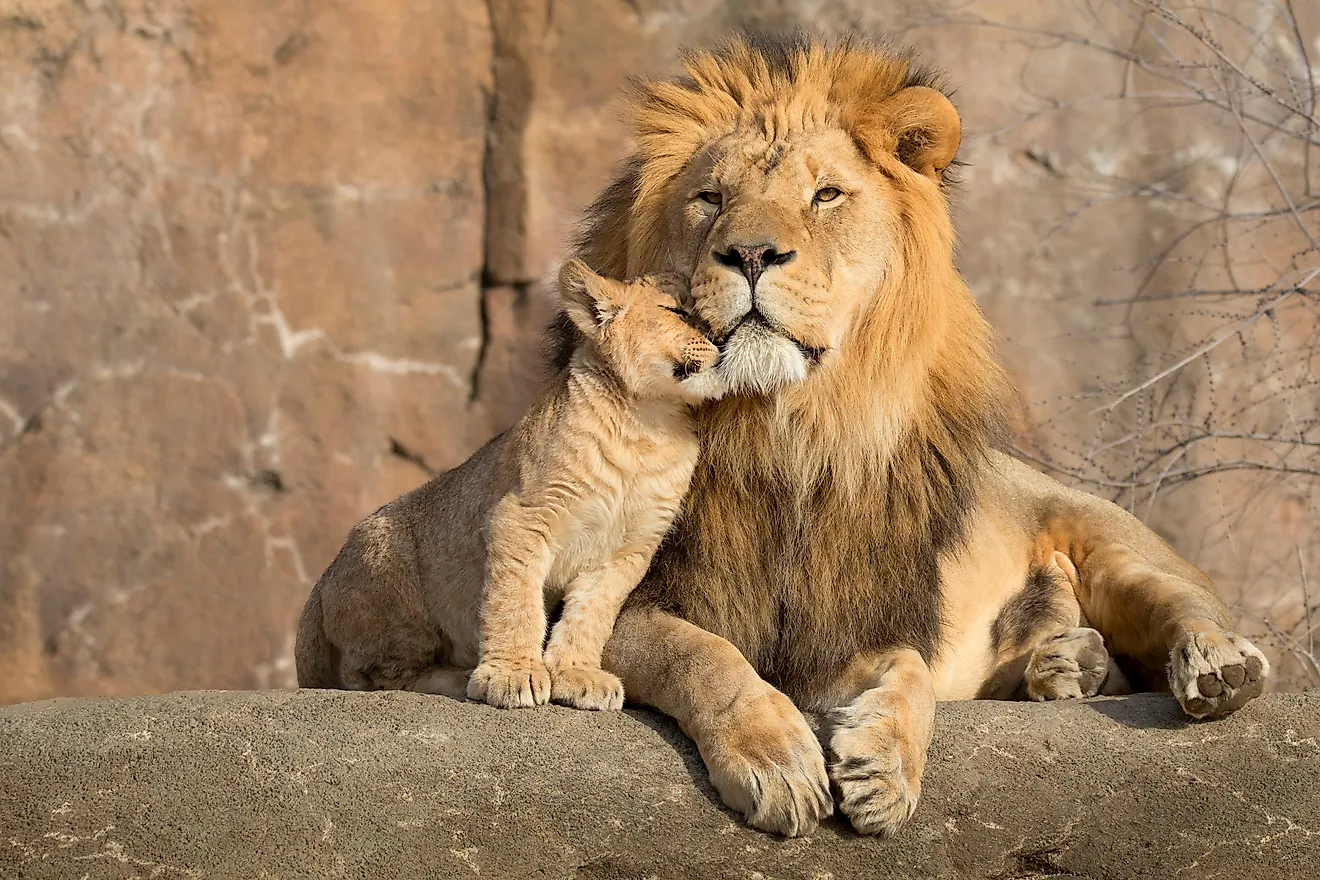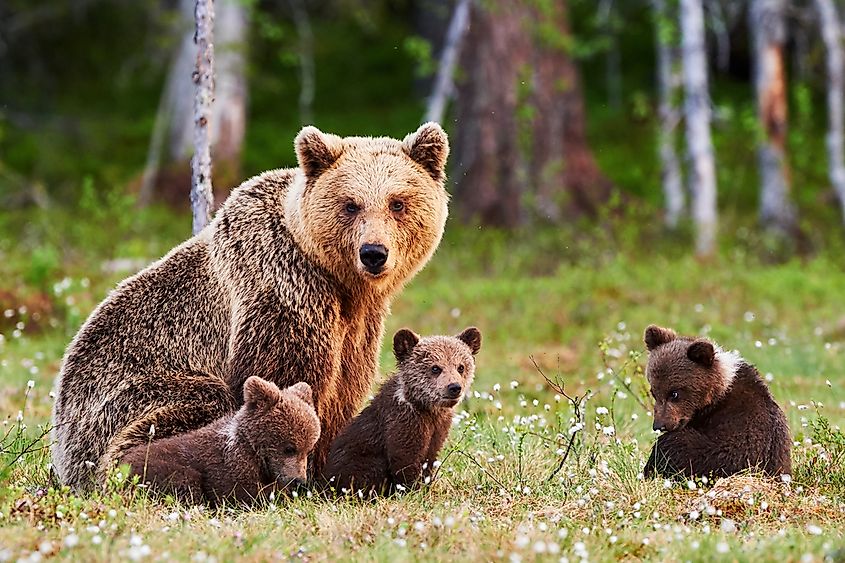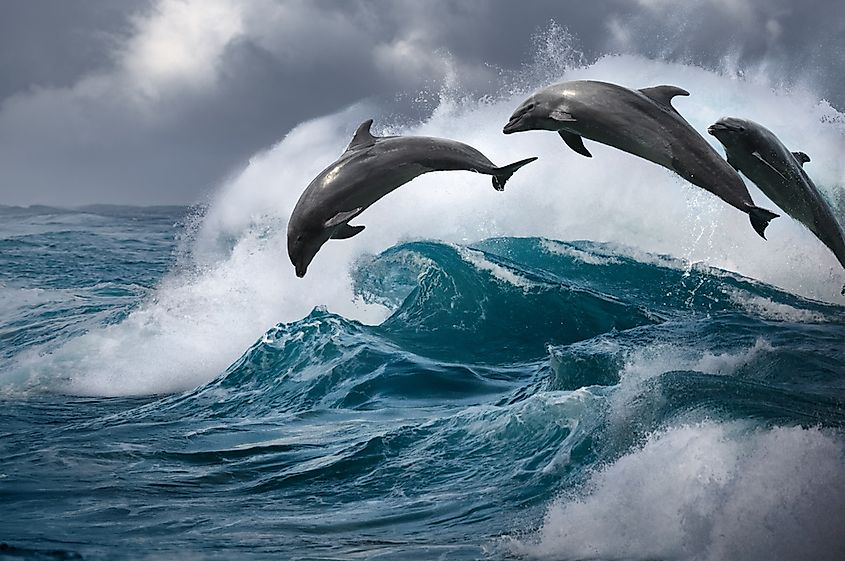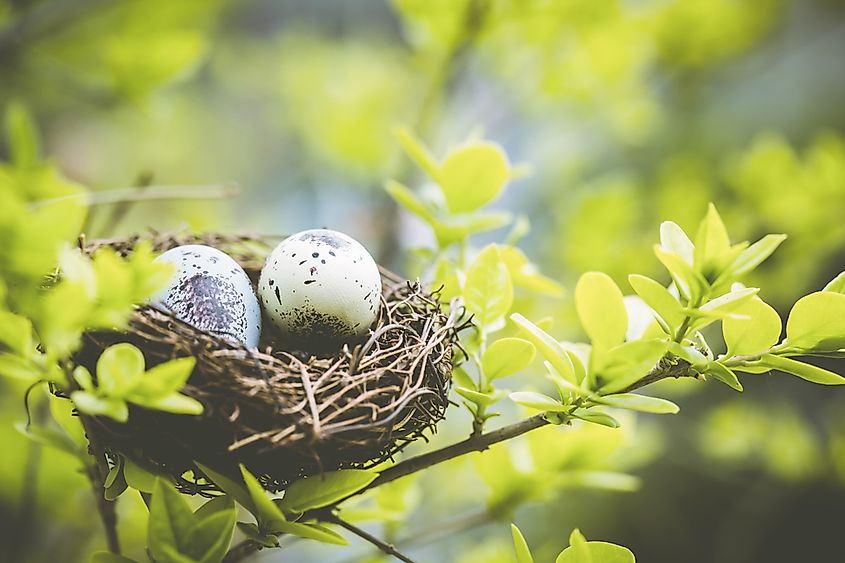Why Do Some Animals Kill and Eat Their Young?

- In nature, when we talk about filial cannibalism, we are talking about animals who kill and then afterward eat their young.
- If a female bear gives birth to a a bear cub that is very weak, she might decide to eat it beacuse its chances for survival are minimal.
- Male lions are known to kill the offspring of the rival lion's pack after a victorious fight for leadership, becasue the victor can then mate with the females within the pack.
In the animal world, a phenomenon known as filial infanticide (or filial cannibalism, if there is eating involved) is a situation where the parents kill and eat their offspring. Although it sounds like a particularly cruel practice, animals have their reasons, if not even instincts, to eat their young ones. While it may seem unclear at first, infanticide is an important decision that parents of the animal world have to make.
Survival Instincts
Animals, like any other living being, require energy that mostly comes from food. This is especially important for female specimens after birth when their organism is exhausted and in desperate need of some high-energy nutrition. For example, when a female bear gives birth to her cubs, there is a chance that one of them would be born weak, with smaller chances of survival. In that case, it is not unusual for a female bear to eat the weakest cub.

This is not an act of pure cruelty, but an action that is needed for the mother to survive so she can take care of the other cubs. If she eats a weak cub, she will receive a serious calorie boost and have a smaller pack to worry about.
Reproductive Advantage
Some animals practice infanticide to gain better opportunities when it comes to reproduction. Male lions are the most known example of this behavior. These situations happen when the leaders of the pack are challenged by an outsider. If another lion, that is not the primary take giver for the cubs of the pack, defeats and kills another male lion in a battle, it is very likely that he will also kill their babies. In that way, the lion that survived can engage in reproduction with the female members of the pack.

A similar kind of infanticide happens with bottlenose dolphins. If a male bottlenose dolphin spots an unknown female with her offspring, he will often try to kill the young dolphin.
Eliminating Competition
Birds and bees are also participating in the killing activities of the (potential) offspring. If multiple breeders are occupying the same living space, or the same nest, it is not uncommon for the females to destroy the other breeders’ eggs. They do that to eliminate the possible competition for their own babies - more resources mean more energy. This behavior is also present in the world of fish. Some female fish specimens are known to destroy and eat the eggs of a male, also to increase their own chances of finding someone to mate with.

Another example of infanticide explains the harshness of evolutionary practices. A lot of animal species kill the offspring that are incapable in any way, the ones who do not mature quickly enough. The reason for that is because the weak offspring are seen as not fit - and to be assured that only the fittest will survive, the parents make the choice of killing their babies. This practice serves as an example of evolutionary pressure, as the young ones who survive need to develop quickly and adequately to their parents’ needs.











